Anime Girls Explain How to Make Shitty Beef Stroganoff Out of My Head
All About Mushrooms
Medically Reviewed by Christine Mikstas, RD, LD on January 21, 2022

Lots to Love
1/15
There are so many types of mushrooms -- at least 14,000 -- though only about half are OK to eat. But almost all the mushrooms we eat in the U.S. are the white button variety. Why not branch out? Other common types include cremini, portabella, maitake (also called hen of the woods), shiitake, enoki, and oyster. Each has its own unique shape, flavor, and texture.

Nutrient Powerhouses
2/15
If you're looking for an all-natural multivitamin, skip the supplement aisle and pick up some mushrooms. Among their many nutrients: B vitamins -- including pantothenic acid (B5), niacin (B3), and riboflavin (B2) -- plus copper and selenium. Mushrooms also have protein, fiber, potassium, vitamin D, calcium, and more. Not bad for a food that's more than 90% water.
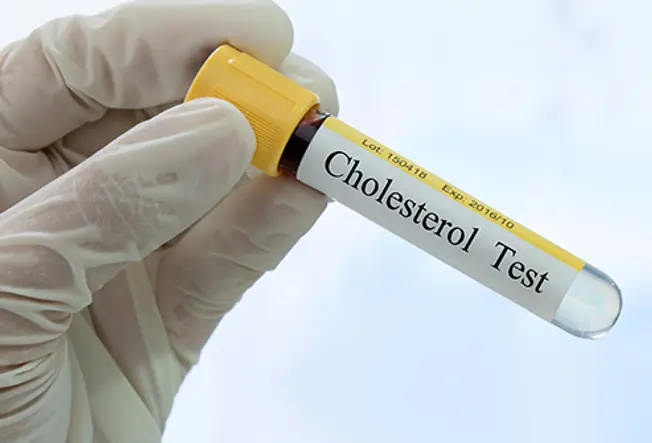
Other Health Benefits
3/15
Mushrooms may do a lot more for your health than fuel your body. They have antibacterial properties. They can help lower cholesterol. They're good for your immune system. They may even help prevent or treat Parkinson's disease, Alzheimer's disease, high blood pressure, and cancer.
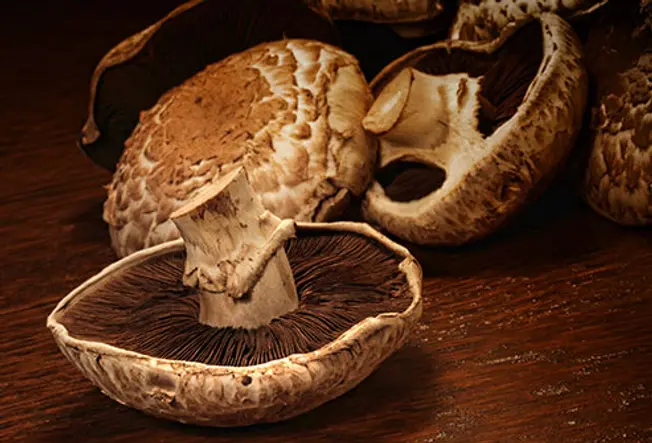
Potassium-Rich Portabellas
4/15
It's important for your heart, muscles, and nerves. When you think of foods that have a lot of it, bananas or potatoes might come to mind. But mushrooms are right up there in potassium content. For example: two-thirds of a cup of grilled, sliced portabellas -- large mushrooms with smooth brown or tan caps -- has almost as much potassium as a medium banana.
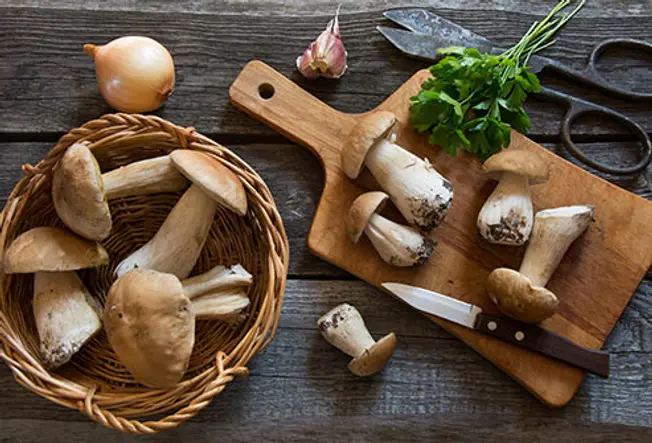
Porcinis' Antioxidant Power
5/15
You've been hearing for years that fruits and veggies are high in antioxidants. Mushrooms are the highest food source of two: ergothioneine and glutathione. Porcini mushrooms are packed with these antioxidants, which may have anti-aging powers. Researchers think that in the future, ergothioneine and glutathione may be studied in Parkinson's and Alzheimer's diseases.
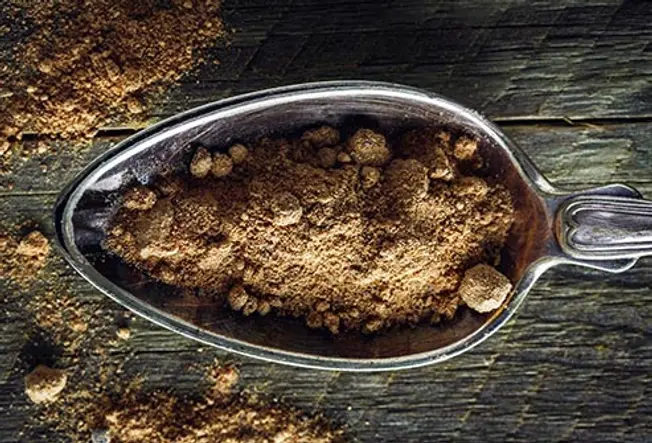
Medicinal Mushrooms
6/15
These aren't specific types. The term is often used to describe mushroom powders, supplements, or extracts used for health purposes. These aren't "medicines" a doctor would prescribe. The research is still too early for that. But the findings so far on mushrooms as medicine are promising.
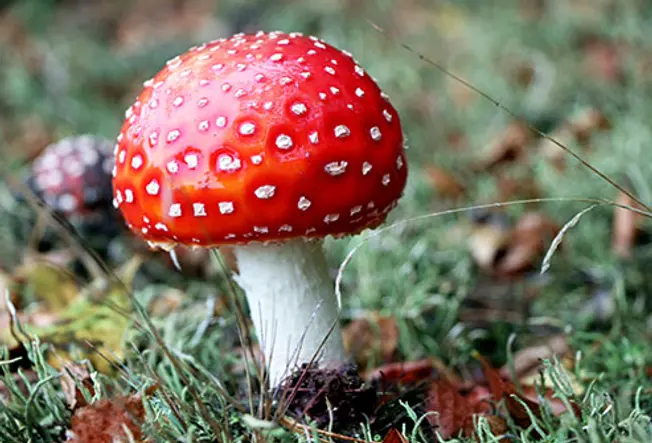
Watch Out for Deadly Fungi
7/15
There are about 70-80 species of poisonous mushrooms. Most will just make you sick, but a few can kill you. These include death caps, deadly dapperlings, destroying angels, autumn skullcaps, and fly agaric (above). The best way to avoid toxic varieties is to get your 'shrooms from a trusted source instead of picking them in the wild. And if you do pick them yourself, be sure a mushroom expert gives you the OK.

Signs of Mushroom Poisoning
8/15
Say you eat a wild mushroom and then wonder if you made a big mistake. How can you know? Typical mushroom poisoning causes nausea, vomiting, cramps, and diarrhea within 4 hours. In most cases, if you drink plenty of water, you'll recover just fine at home. But because some mushrooms can be so toxic, it's best to call your doctor if you have signs of mushroom poisoning.

Slim Down With Mushrooms
9/15
They don't have magical weight loss powers, but mushrooms can help you shed some pounds. That's because they make a tasty, nearly calorie-free substitute for meat in lots of dishes. Take burgers: A half-pound of 80% lean ground beef has around 550 calories and 30 grams of fat. If you use half the beef -- and bulk up the burger with chopped mushrooms -- you'll have a patty with half the fat and calories.

Spend Less, Eat Healthier
10/15
Ground beef is one of the least expensive ways to enjoy red meat. But if you add mushrooms to the mix, you'll probably spend even less on your ground beef dishes (and boost the health factor, too). Research shows you could save 20% on taco night at home if you use a 50-50 blend of beef and mushrooms instead of all beef. Increase the mushroom-to-beef ratio and you could save even more.
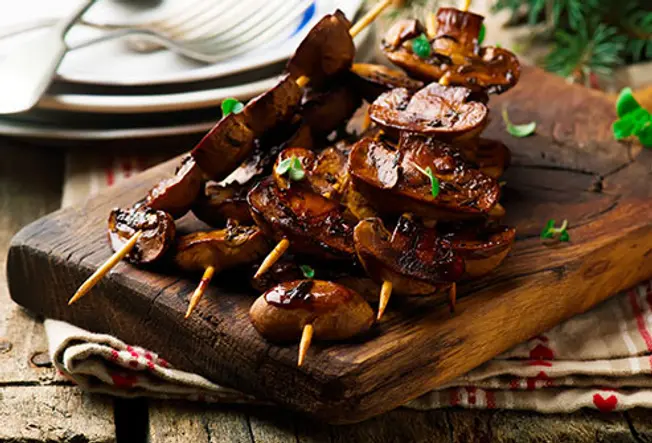
Best Ways to Cook Mushrooms
11/15
High-heat cooking (think searing or roasting) is the best way to bring out mushrooms' meaty, savory quality. But they aren't the best way to preserve their antioxidant content. A 2016 study found microwaving and grilling are the best ways to cook mushrooms without slashing their antioxidant power.
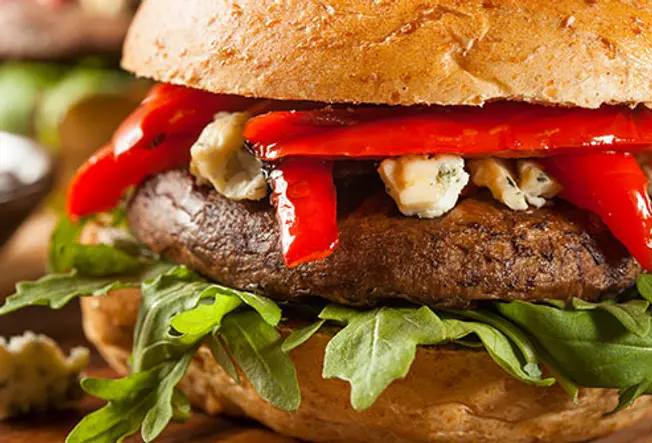
Make a Sandwich Switch
12/15
Bake portabellas at 350 for 15-20 minutes and sub them in for the beef next time burger night rolls around. You can also use them in place of sandwich meat.
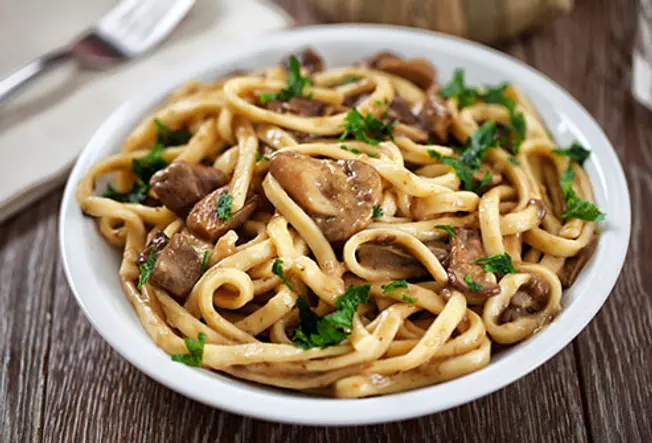
Add Some Savory Flavor
13/15
Add chopped criminis to savory dishes like pastas and soups. Or saute them in olive oil for 10 minutes, then toss them in with your morning egg -- or egg white -- scramble.
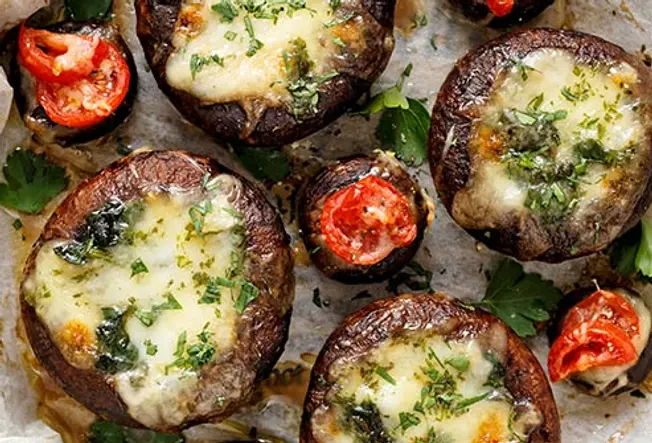
Mushroom Pizza
14/15
Let a portabella serve as your pizza crust. Wash the mushroom and remove its gills. Broil the caps upside down in a muffin pan for 5-10 minutes. Spread sauce inside and cover with grated mozzarella and other toppings like olives, cherry tomatoes, or pineapple if that's how you roll. Broil 5 more minutes, or until the cheese starts to melt.

Simply Saute
15/15
Saute sliced mushrooms in butter, olive oil, and chicken stock until they're tender, about 15 minutes. Any 'shrooms will do, but a portabella/white mix is nice. Try add-ons like garlic and shallots.
IMAGES PROVIDED BY: SOURCES: Nutrition Today: "Mushrooms—Biologically Distinct and Nutritionally Unique." The Mushroom Council: "Versatility in Varieties." International Journal of Microbiology: "Edible Mushrooms: Improving Human Health and Promoting Quality Life." United States Department of Agriculture: "Nutrient Data on Mushrooms Updated." Penn State: "Mushrooms are full of antioxidants that may have anti-aging potential." Evidence-Based Complementary and Alternative Medicine: "Editorial: Medicinal Mushrooms." Encyclopedia Britannica: "Amanita," "7 of the World's Most Poisonous Mushrooms." North American Mycological Association: "Mushroom Poisoning Syndromes." MyFitnessPal: "Calories in Kirkland lean ground beef," "Calories in mushrooms." International Journal of Food Sciences and Nutrition: "Effect of different cooking methods on nutritional value and antioxidant activity of cultivated mushrooms." Produce for Better Health Foundation: "Top 10 Ways to Enjoy Mushrooms." Fresh Mushrooms: The Mushroom Council: "Simple Sauteed Mushrooms." Show Sources
Source: https://www.webmd.com/food-recipes/ss/slideshow-all-about-mushrooms